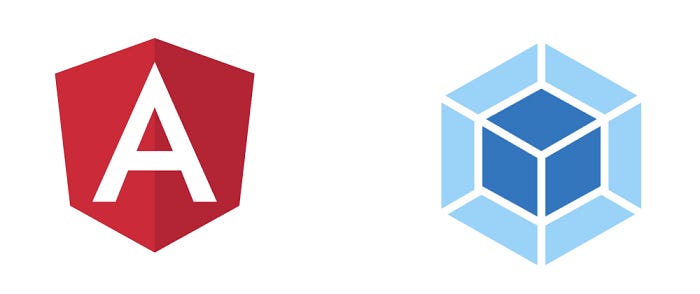- Published on
Bundling in Angular
- Authors
- Name

In the context of Angular, a “bundle” refers to the collection of JavaScript and other assets that are packaged together for a web application. These bundles are generated by the Angular CLI (Command Line Interface) during the build process. There are typically two main types of bundles in an Angular application.
A. Main Bundle (main.js): This bundle contains the application code, including all the components, services, and modules of your Angular application. It is the primary JavaScript file that gets loaded when a user visits your web application.
B. Vendor Bundle (vendor.js): This bundle includes third-party libraries and dependencies used by your Angular application. It includes packages like Angular itself, RxJS, and other external libraries that your app relies on.
Benefits of Bundling in Angular:
- Reduced HTTP Requests: Bundling reduces the number of HTTP requests required to load a web page. Instead of loading multiple individual files, the browser only needs to fetch a few bundle files, which can significantly improve page load times.
- Optimized for Production: Bundles are typically minified and optimized for production, resulting in smaller file sizes. This reduces the amount of data that needs to be transferred over the network, leading to faster load times for users.
- Caching: Since bundle files have unique names that change when the code changes, browsers can effectively cache them. This means that when a user revisits your site, they don’t need to download the entire bundle again if it hasn’t changed, further improving loading speed.
- Dependency Management: Bundles help manage dependencies neatly. The vendor bundle contains all external dependencies, making it easier to update and maintain third-party libraries.
Drawbacks of Bundling in Angular:
- Initial Load Time: While bundling reduces the number of HTTP requests, it can lead to a longer initial load time because the browser must download and parse the bundle files before rendering the page. This is especially noticeable for larger applications with larger bundle sizes.
- Caching Challenges: If you frequently release updates to your application, caching can sometimes be a drawback. Users may not see the latest changes until they clear their browser cache or the cache expiration time elapses.
- Asset Size: If not configured correctly, bundles can still be quite large, affecting load times, especially on slower internet connections or mobile devices.
- Complex Configuration: Configuring bundling and optimizing it for production can be complex, and it often requires understanding build tools like Webpack or Angular CLI. Incorrect configuration can lead to issues.
- Lazy Loading: While not necessarily a drawback of bundling, it’s worth noting that Angular supports lazy loading, which allows you to load specific modules and their associated code only when needed. This can be an alternative to bundling everything into a single bundle.
In conclusion, bundling is a crucial optimization technique in Angular and web development in general. It offers several benefits, primarily related to improved performance and reduced network requests. However, developers should be mindful of the potential drawbacks and ensure that bundling is configured and managed properly to achieve the best results for their specific application.
